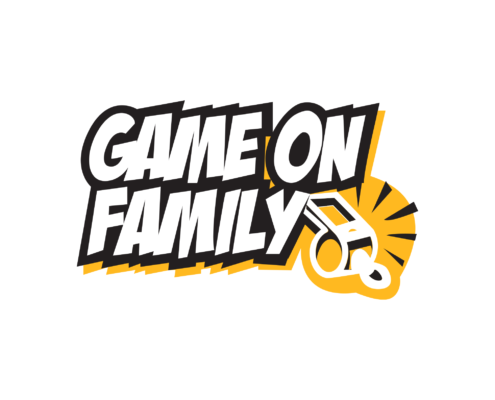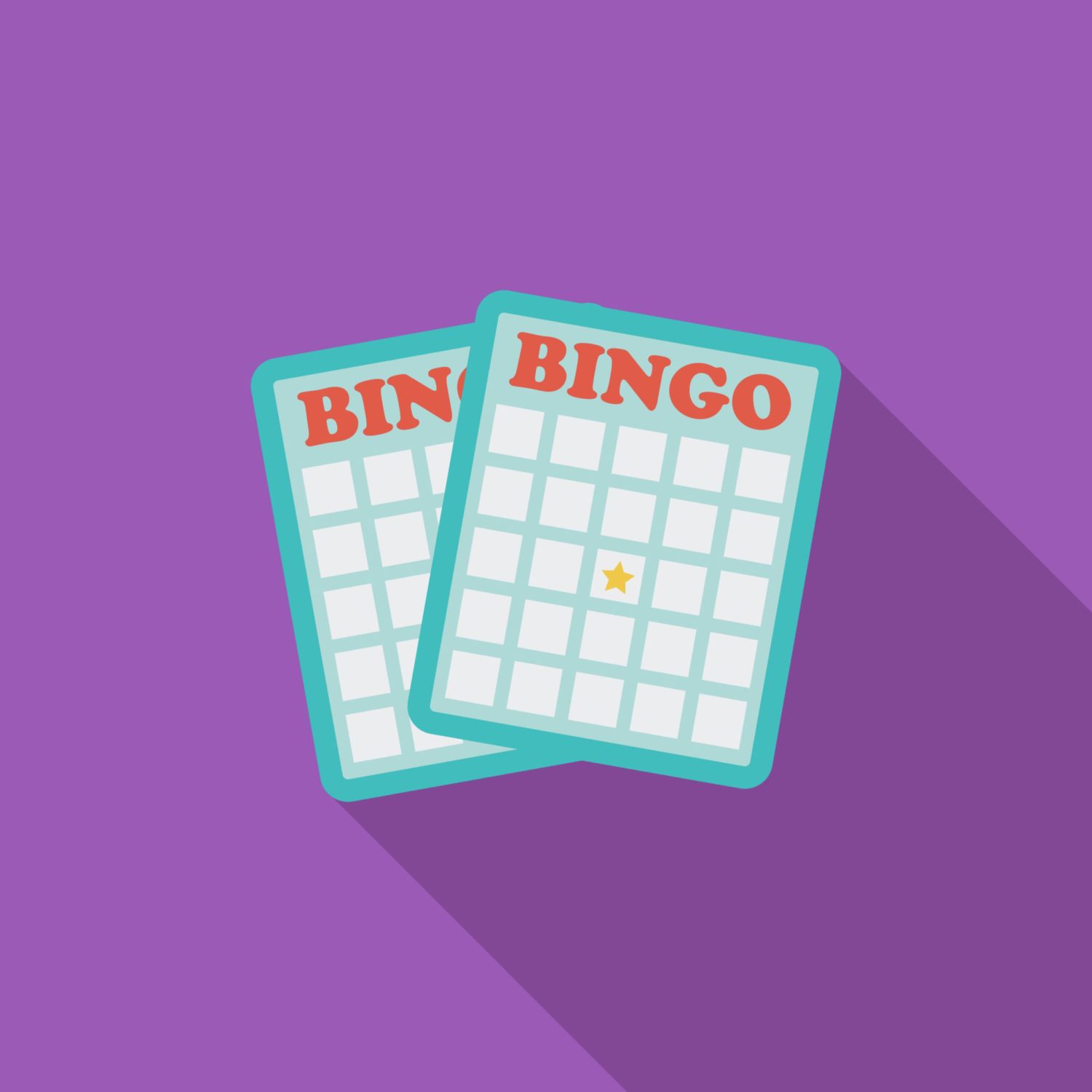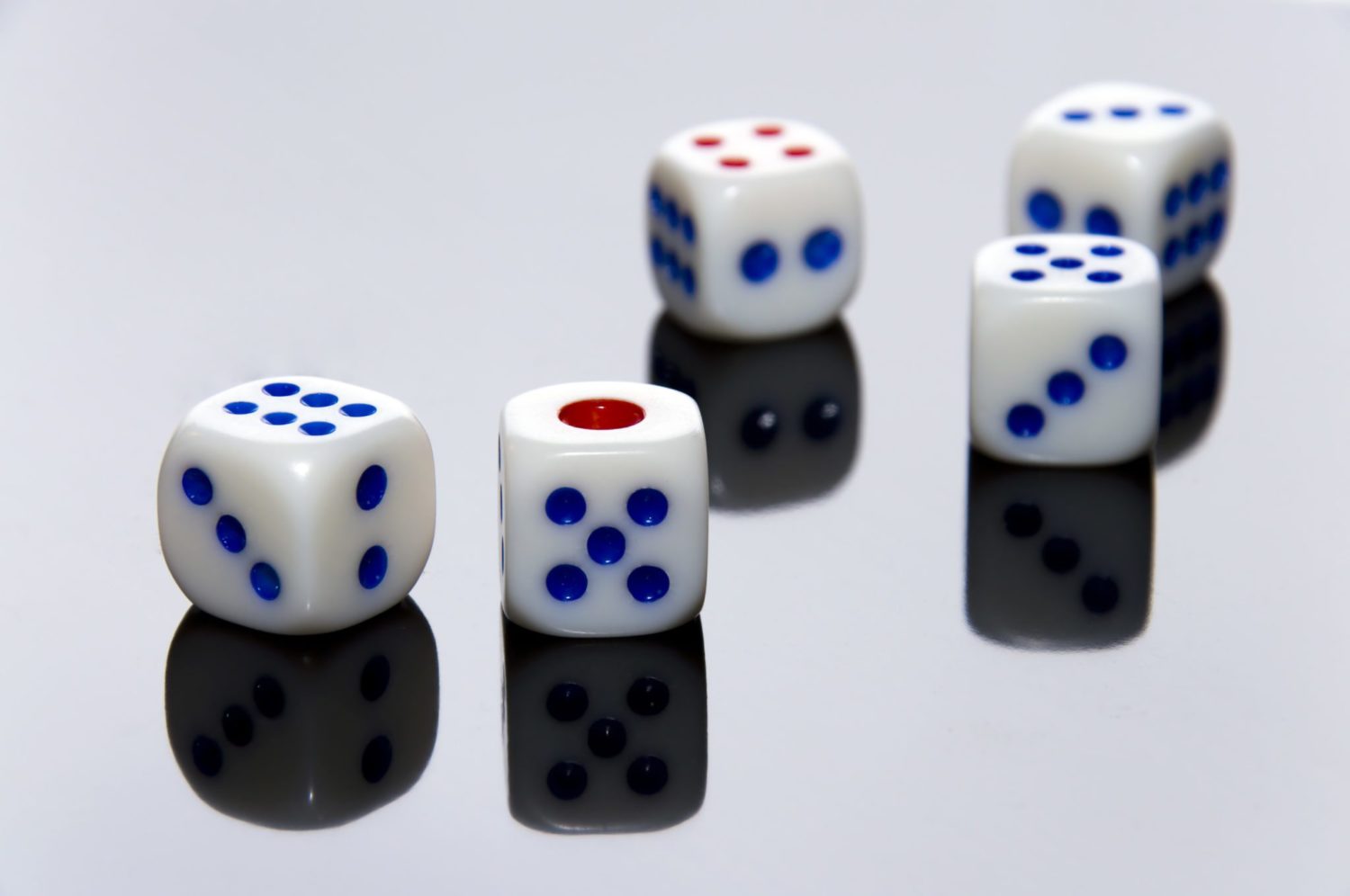How to Play Human Bingo | Questions, Instructions, and Template
What is human bingo?
Human bingo (also known as Ice Breaker Bingo, People Bingo, and Get to Know You Bingo) is a social-skills icebreaker game. Like classic bingo, the goal is to get a complete line filled out on your Bingo board, which can be vertical, horizontal, or diagonal. However, instead of filling out squares based on your number/letter combo matching a randomly selected bingo ball, human bingo is about interviewing others in your group to find a match for the question in your square. For example, if the question is “Has a dog?” then, through conversation, you’re trying to find someone in the group who has a dog.
Why human bingo is fun
Human bingo is a popular classroom game for students and teachers to get to know their classmates at the beginning of the school year. It’s also popular for family reunions and other group events such as holidays, conferences, and more.
Equipment Needed
Not much equipment is needed for Human Bingo. Really, you just need the ability to supply each player with a pen and their own printed BINGO cards (usually with 25 squares that are arranged 5×5)The more challenging part is the planning of the questions and the formatting of the cards, but we’ve got you covered with some human bingo question prompts below and a downloadable human bingo template!
Number of People
You can play human bingo with as few as two players, but it’s much more fun with larger groups.
What skills does human bingo teach?
Human bingo is a great game for teaching social skills, such as asking and answering questions, listening, conversations, taking turns, and cooperation.
How Long Does Human Bingo Take?
A standard 25-square game will take about 20 minutes. If you have a different number of squares, budget roughly 1 minute per square on the board.
How to Play Human Bingo
Below we’ll explain the game mechanics of human bingo. If you haven’t played human bingo before, don’t worry! We’ve got you covered – all you have to do is follow these simple human bingo rules. You’ll be a bingo winner before you can say, well, bingo!
1. Come up with questions
A typical human bingo game will need 24 questions to cover the standard 5 x 5 square board (the center spot is a gimme). Getting the questions right for YOUR group is an important factor in making this fun. What you ask at a large family reunion is different from what you’d ask in the classroom for the first day of 3rd grade. Never fear, we have sample questions and ideas below.
2. Create the cards
The easiest cards to create are printed on a regular letter sheet of paper with squares arranged in a 5 x 5 setup. Below are some printable templates you can use. We recommend you create one card, then print out the same version for all players. It’s nice because you can then do some reflection at the end and compare similarities and differences. If you want to get fancy, have a slightly different card for each person (like classic bingo), you should create 2-3x the number of questions, and also vary the positions of the questions.
3. Distribute the cards and pencils
Make sure all players have a card and a writing utensil, such as a pencil, pen, or crayon.
4. Give instructions and explain the rules
Before starting the game, make sure you give instructions and explain the rules. Check out the rules below to decide how you’ll play, then consider our instructions section for tips on how to explain it to your group..
5. Begin play: Interview others and get signatures on squares
When play begins, pair up with someone in the group to interview. Ask them one of the questions on your squares. If the answer is “yes” to the question, have them write their name on that square. If the answer is no, try asking another question. And make sure to reciprocate and answer their questions.
6. Rotate to new members to fill out more squares
Remember, each person in your group can only fill one of your squares, so you need to rotate frequently to earn your bingo.
7. Get a bingo
If you’re playing for a “line bingo,” you’ll need to have all of the lines in a vertical or horizontal line filled out, OR a diagonal line that passes through the center. For “blackout bingo,” you’ll need all of the squares on the board filled out. For either bingo, yell out “BINGO” when you get it.
8. Distribute Prizes
When someone yells out BINGO, you’ll want to verify their card. To do this, look at questions that form the bingo and verify the answer from the people who signed it. For example, you might say: “Steve, do you have a cat? Sarah, were you born in October?” etc. Once verified, the person can take their prize. If you’re doing multiple prizes, continue the game until complete.
9. Reflect
After you distribute prizes, you are welcome to just end the game. Or, you can use the opportunity to reflect and learn more about people in the group. It’s fun to see similarities and differences between the group. For example, in a classroom setting, if you had the same birth month question, you might ask:
“How many people found someone with the same birth month as them? What month was that? Who else was born in that month? Everyone who was born in January, raise your hand, February,” etc.
In other settings, you might ask: “What was the most interesting (or funny thing) shared with you?”
Human Bingo Rules
Bingo rules vary from group to group, but here are the most common bingo rules, with other alternative rules you can consider.
- Line Bingo: A line-bingo is any complete vertical or horizontal line of squares, or a diagonal line that crosses through the middle. Alternatively, you can play “blackout bingo” and require all squares to be complete. Or, do a combination with both.
- Winners & Prizes: Prizes exist for the first line bingo and the first blackout bingo. Alternatively, you can have multiple winners, such as the first 3 line-bingos, etc.
- Ties: Only the first player to say bingo and have their card verified earns a prize. Alternatively, have some extra prizes and be looser on your tie rules.
- No duplicates: You cannot have a single person represent more than one square on your board.
- Signed squares: Each completed square must be signed by the person interviewed.
Human Bingo Instructions
When you’re addressing the players before the game begins, it helps to give them clear directions. Here’s how we recommend you structure your instructions to the group.
- Intro: Today we’re going to play human bingo.
- Objective: Your goal is to interview people to find matches to the questions on your cards. You win if you’re the first to get matches that form a “line bingo” of 5 squares in a row that’s vertical, horizontal or diagonal.
- How you do it: You’ll interview a person and ask some of the questions on your card. If the answer is yes to a question, you can mark that one off and have that person write their name in that square for you.
- Prizes: We’re giving out 2 prizes today: one for the first person to get a “line bingo” and another for the first person to black out ALL of their squares.
- Tie: In case of a tie, the first person is the winner, so be sure to shout it out as soon as you get it, and we’ll verify your card.
- Questions: Does anybody have any questions? If you have any other questions, you can come up to me during the game.
- Next steps: You can go ahead and get started now. Pair up with somebody and ask and answer some questions.
Human Bingo Template
The most common board setup for human bingo is to arrange squares into a 5 x 5 board, similar to the classic bingo game. But instead of numbers and letters, each box will have room for a question in it.
We’ve created two different size free printable human bingo game card templates for you to get your human bingo game started. One version is a full 8.5×11 inch page for easy printing and distribution (no cutting required). The other is a half page to save some paper (just one cut to cut it in half).
Good Human Bingo Questions and Ideas
The single most challenging part of playing human bingo is coming up with question ideas. That’s why we’ve come up with 24 separate question prompts, one for each square on a 5×5 board, as well as ideas for each prompt. You’ll have your board filled out in no time!
- Siblings [Has a…]
- Brother
- Sister
- Only child
- Older brother
- Older sister
- Younger brother
- Younger sister
- Twin
- More than one brother or sister
- Pets [Has a…]
- Dog
- Cat
- Fish
- A pet other than a dog, cat, or fish?
- No pets
- Lived [Lived…]
- In the same house in your life
- In multiple houses in your life
- In another city
- In another state
- Traveled / Visited [Traveled to…]
- Another state
- Another country
- A state I haven’t been to
- A country I haven’t been to
- Similarities [Has the same X as me]
- birth month
- eye color
- hair color
- Color shirt
- Differences [Has different X than me]
- Eye color
- Hair color
- Color shirt
- Likes [Likes…]
- Riding roller coasters
- Road trips
- Spicy food
- Warm weather
- Cold weather
- Rainy days
- Snow
- Dislikes [Dislikes…]
- Riding roller coasters
- Road trips
- Spicy food
- Warm weather
- Cold weather
- Rainy days
- Snow
- Prefers [Likes X more than Y]
- Likes ice cream more than cake
- Likes sweet over salty food
- Likes cats more than dogs
- Likes summer more than winter
- Personal attribute [Has X…]
- X color eyes [brown, blue]
- X color hair [brown, blonde, black]
- An “S” in their name
- Is wearing [Is wearing…]
- X color shirt
- Y color shirt / pants
- White shoes
- Black shoes
- Favorite [X] is [Favorite X is…]
- School subject: [math, history, etc]
- Food: [pizza, pasta, etc]
- Color [red, pink, blue, etc]
- Plays [Plays / Has been]
- Common sport (soccer, basketball, etc)
- Instrument (piano, drums, violin, guitar)
- Less common sport (skiing, scuba diving, etc)
- Games (chess, checkers)
- Performed in [Has performed in…]
- Play or dance recital
- Musical concert, recital, or show
- Been to [Been to…]]
- Professional sports event
- Musical concert
- Ballet or theater performance
- ocean
- Snowy mountains
- The zoo
- A circus
- A magic show
- Recent action [Has recently…]
- Read a book
- Eaten cereal for breakfast
- Collects something [Has collected X]
- Cards (sports, Pokemon, etc)
- Dolls or stuffed animals
- Toys (legos, action figures, etc)
- Rocks or seashells
- Stamps or coins
- etc
- Able to (unique talent) [Able to…]***
- Ride a bike
- Speak a second language
- Juggle
- Ride a unicycle
- Curl your tongue
- Have you ever (non physical activity) [Has…]***
- flown on a plane
- ridden a train
- broken a bone
- Won a prize
- Earned a trophy
- Played pokemon
- Milked a cow
- Fed a goat
- Fed a baby chick
- Slept in a tent
- Met someone famous
- Been stung by a bee
- Have you ever (physical activity) [Has…]***
- Been skiing
- Been camping
- Been river rafting
- Done a flip
- Jumped on a trampoline
- Done a somersault
- Done a cartwheel
- Done a handstand
- Ridden a horse
- Hiked to the top of a mountain (over 10k feet)
- Can perform this now [Can X right now.]***
- Perform a magic trick
- Touch tongue to nose
- Sing a song
- Recite a poem from memory
- Tell a joke
- Do a handstand
- Do a cartwheel
- Rub belly and pat head at same time
- Do an impression of a famous person
- Seen [Has seen…]***
- A wild animal [bear, wolf, coyote, whale, dolphin] in person
- Tiger, lion, alligator, crocodile (at zoo or elsewhere)
- Statue of liberty
- Mount Rushmore
- Niagara falls
- A national park
- Held or touched [Has touched or held]***
- Snake, frog, mouse, spider, ant, scorpion, tarantula
- Butterfly, ladybug
- Starfish, sand dollar
- Eaten [Have eaten]***
- A spicy pepper
- Smores
- Snails
Other human bingo question ideas
Good human bingo questions
The key to good human bingo questions is adapting the questions for YOUR audience. The full list of question prompts above are set up to span all ages, but if your group is different (work, adults, etc), or you want to focus on different aspects (fun, funny, etc) check out the ideas below.
Fun and funny human bingo questions
If you’re looking for fun and funny question, we recommend categories 18-24 that we’ve marked above with a ***
Here are a couple other tips to keep in mind:
Fun human bingo questions are about the unexpected and breaking out of the comfort zone. They’re the “Yes” answers that make you want to follow up to get the details.
You can also look to get more specific, which will create the opportunity for longer question rounds or more switching. For example, instead of “Has a brother” you can go with “Has a younger brother” or even “Has a twin”… Just be sure you don’t make every question super detailed or you may never get a bingo.
Look for more interesting questions within a category. For example, if you’re in category 19 “Have you ever (non physical activity)”… don’t go with something easy like “flown on a plane.” Instead, pick something like “met someone famous” or, if you’re mostly city folk “milked a cow.”
We find that some of the funniest human bingo questions in categories 18-24, and particularly like the ones where people have to act something out like performing a magic trick, telling a joke, or do an impression of a famous person.
Human bingo questions for work
You’ll find that the question prompt list above is great for work. But there’s definitely a way to put a “work” spin on some of them.
For example:
- Prefers working remotely over working in the office
- Likes / Dislikes Apple computers
- Lives more than a 30 minute commute away
- Prefers working early over working late
- etc
Human bingo questions for adults
We’re the family-friendly game site, so we’re not here to come up with “questionable question” prompts. LOL But generally, for adults, we suggest:
- Favoring the more challenging questions in the prompts above, and getting specific. Instead of “Has been on plane” you can make it “Has traveled first class on a plane” or “Has flown to France”
- Removing kid questions and adding adult ones. For example, you can add “has a son” or “is a grandmother” over “has a brother,” etc.
Human bingo questions for students
Most of the questions in 24 prompts above are great for students. But it’s easy to add a few more.
For elementary and middle school age, you can add questions like:
- [Rides the bus, walks, carpools, rides in a car, rides a bike] to school.
- Favorite subject is X
- Favorite PE activity is
- At recess, likes to X
- Has a brother sister that goes to the same school
For high school students, you can add:
- Likes / dislikes morning classes
- [Rides the bus, walks, carpools, rides in a car, rides a bike] to school.
- Favorite subject is X
- Has a brother sister that goes to the same school
- Usually eats lunch [from home, from cafeteria, off campus]
For college students, you can ask questions like
- Grew up [within 1 hour, more than a 5 hour drive] from the school.
- Likes / Dislikes morning classes
- Drinks more/less than X cups of coffee a day
- Lives on / off campus
Human Bingo Video Tutorial
Watch this video to see how this English teacher uses ‘get to know you’ bingo with his students in class!



